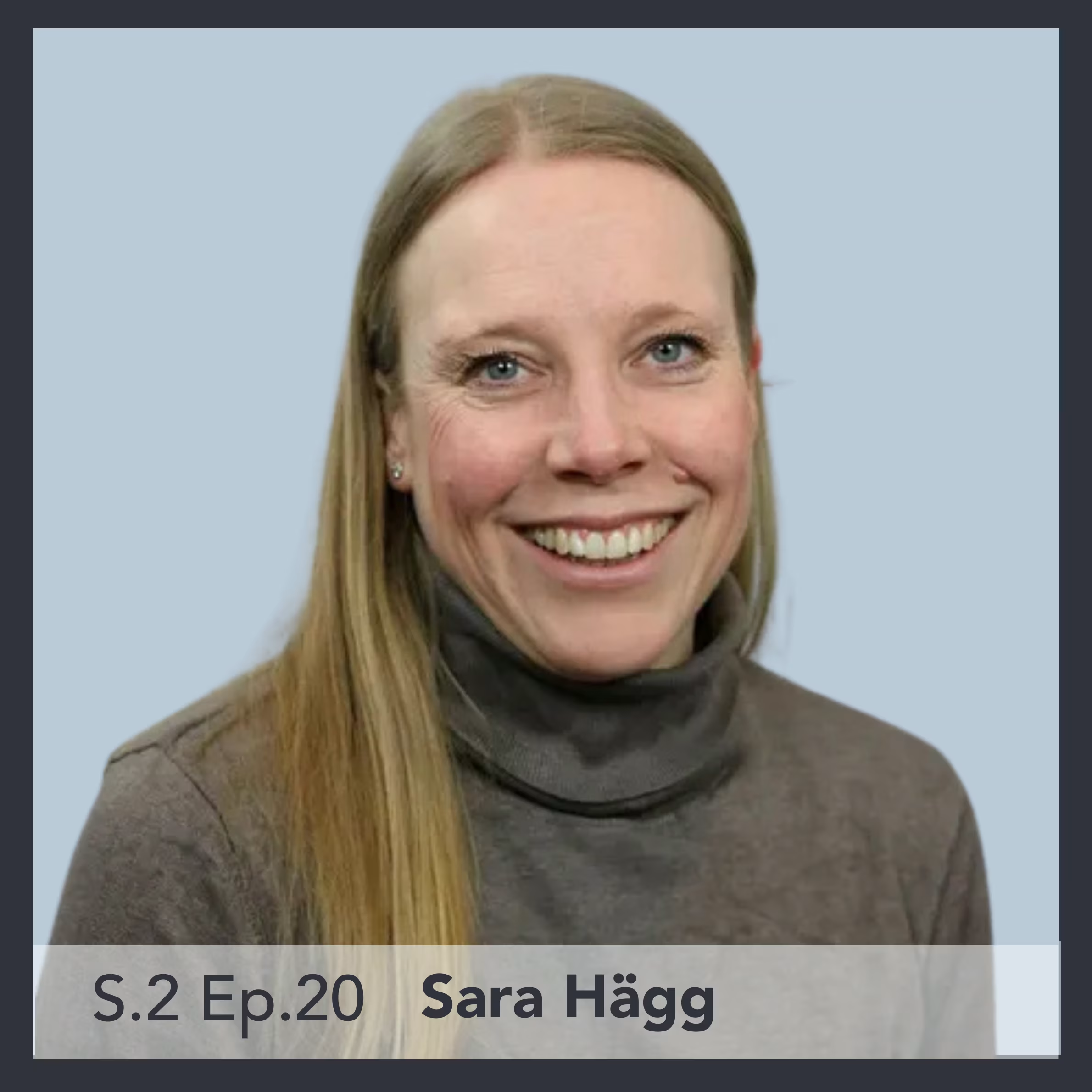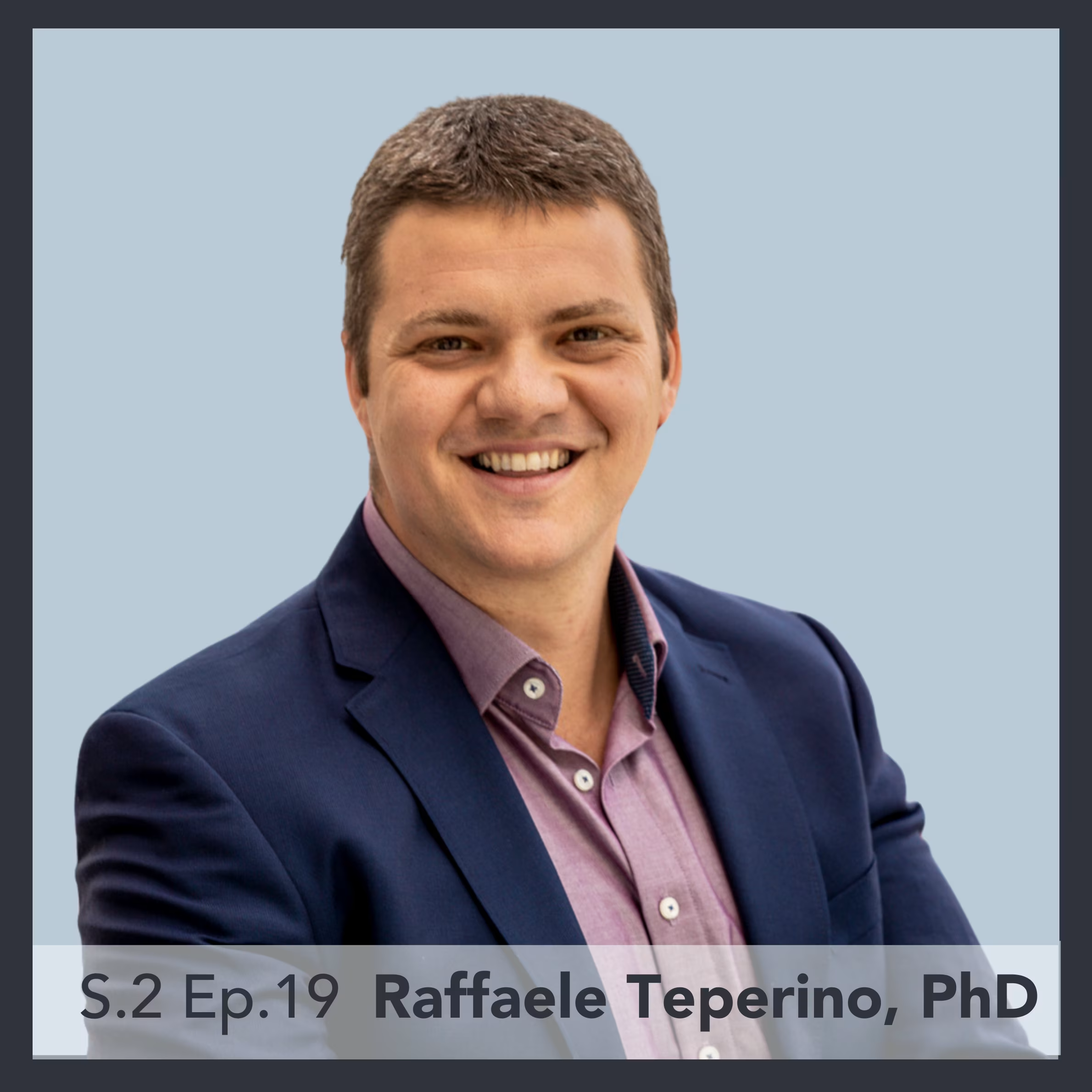Various aging clocks have been developed to quantify the aging process and predict age-related diseases. These biological age clocks are powered by different types of omics data and clinical biomarkers, and they’re especially useful for observational studies, clinical trials, and basic science aimed at combating biological aging.
Nonetheless, current research indicates that there is significant variation in aging, with deterioration and diseases affecting different organ systems and functional domains at different rates among individuals.
While existing aging clocks can measure variations in the degree of aging, they do not account for variations in the way that aging occurs, such as in specific organ systems or functional domains.
This is exactly what Raghav Sehgal has been working on during his career at Yale University – biological age clocks for 11 organ systems such as immune function, metabolic function, hepatic function, cardiac function, renal function and more.
Knowing the age of your organs can provide several advantages over knowing just your biological age. Some of these include:
1. Better understanding of disease risk: Knowing the age of individual organs can help identify which organs are aging faster and therefore at higher risk for developing age-related diseases. This information can be used to develop targeted interventions to prevent or delay the onset of these diseases.
2. Precision medicine: Understanding the age of specific organs can help tailor medical treatments to an individual’s needs. This can improve treatment outcomes and minimize side effects.
3. Earlier detection of disease: Changes in the age of specific organs may be an early sign of disease. By monitoring the age of individual organs, it may be possible to detect disease at an earlier stage when it is more treatable.
4. Improved health and lifestyle choices: Understanding the age of specific organs can help individuals make better lifestyle choices to improve organ health. For example, if a person’s liver is aging faster than their chronological age, they may be motivated to adopt a healthier diet and lifestyle to improve liver function.
In this week’s Everything Epigenetics podcast, Raghav and I chat about his novel epigenetic aging clock called the “Systems Aging Clock” which is based on a combination of epigenetic changes and organ and bodily function-based mortality indices. We focus on his research which has shown that the Systems Aging Clock is a more accurate predictor of biological age than other existing epigenetic clocks. We also discuss how his system aging scores and aging clock is validated in different clinical studies to show the added advantage of such a measure, such as the fact that people with similar epigenetic age may have very different system scores. Raghav’s work on the Systems Aging Clock has the potential to advance our understanding of aging and to provide new tools for predicting and managing age-related diseases.
Raghav is a PhD student at Yale University presently solving Aging using deep learning on multi-omic and multi-granular data.
In this podcast you’ll learn about:
– Raghav’s background and how he became interested in biological systems and aging
– The idea that a single number (epigenetic biological age) might not provide enough feedback for the heterogeneity with aging
– How each of our organs age at different rates
– Ageotypes (aging subtypes)
– Using the age of your organs to guide preventative treatment
– Raghav’s systems based approach to aging using “different organ systems or functional domains”
– The limitations of the epigenetic methylation data currently available
– The reason behind choosing the 11 organ systems
– How Raghav models unique epigenetic aging trajectories from 11 distinct groups of organ systems
– Organ systems Raghav would have liked to include in this research but couldn’t because of limited data
– The reason behind making an aging clock which combines the 11 organ system scores
– The value of the 11 organ biological age clocks
– Issues with particular organ system scores
– How Raghav accounted for the issues
– How he validated his system aging scores and aging clock
– Applications of the systems aging clock
– Why you should look at your systems aging clock over traditional Epigenetic Age clocks




